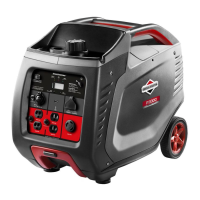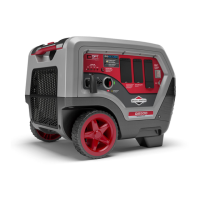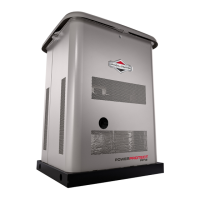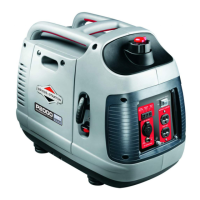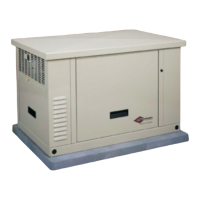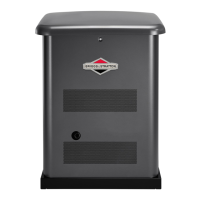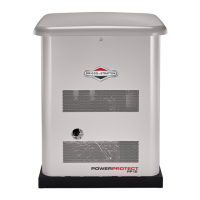INSTALLATION
11
Essential Circuits
Consult with owner to clearly identify the circuits in building
that are "essential".
It is important that you understand which circuits the owner
wants to include as "Essential Circuits". Depending on the
power consumed by these circuits, most or all of them can
be switched to the Home Standby Generator for the duration
of normal power interruption.
The wattage reference guide shown in Figure 2 will assist the
owner with their decision-making process. It provides the
wattage used by many ordinary household devices. Use it as
a guide when selecting essential circuits. Review this
information with the owner and convey any technical
considerations that might affect the cost of installation.
Essential Circuit Selection
When selecting the essential circuits that will be switched to
“Standby Power,” it is important that the sum of the combined
circuit loads does not exceed the wattage/amperage capacity of
the generator. To help you with your selection of essential
circuits, please consider the following:
• Add up the total wattage of all electrical devices to be
connected at one time. This total should NOT be greater
than the generator’s wattage capacity.
• The rated wattage of lights can be taken from light bulbs. The
rated wattage of tools, appliances and motors can usually be
found on a data plate or decal affixed to the device.
• If the appliance, tool or motor nameplate does not list
wattage, multiply volts times the ampere rating to
determine watts (Volts x Amps = Watts).
• Some electric motors (induction types) require about three
times more watts of power for starting than for running.
This surge lasts for only a few seconds. Be sure you allow
for this high starting wattage when selecting electrical
devices that will be energized by the Home Standby
Generator:
• Figure the watts required to start the largest motor.
• Add that to the total running watts of all other
connected loads.
This Briggs & Stratton Home Standby Generator complies
with the following “stationary standby power rating”:
The standby power rating is applicable for supplying power
for the duration of normal power interruption. NO
sustained overload capability is available for this rating.
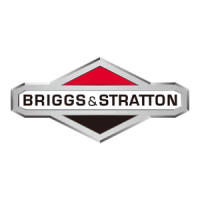
